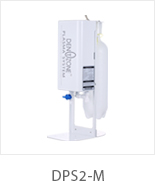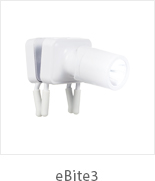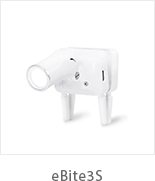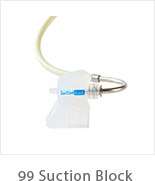| Title | ### The Role and Importance of Catalytic Converters in Automobiles |
|
On the other hand, manual transmissions can be more challenging to operate, especially in heavy traffic or on hilly terrain. Shifting gears repeatedly in stop-and-go traffic can be tiring, and stalling the engine is a common concern for inexperienced drivers. However, with practice and experience, most drivers can become comfortable and proficient in operating a vehicle with a manual transmission. At its core, an ignition switch is a complex electrical component that connects and disconnects the battery, starter, and accessories, enabling the engine to start and run. When the key is turned in the ignition switch, it sends a signal to the vehicle's computer system to power up. Subsequently, electricity is supplied to the starter motor, which then cranks the engine to life. Despite their durability, clutch cables can experience wear and tear over time, leading to issues such as fraying, stretching, or breaking. Symptoms of a failing clutch cable may include difficulty engaging or disengaging the clutch, a spongy or loose clutch pedal feel, or unusual noises during gear changes. Clutch cables are a crucial component of a manual transmission system in a variety of vehicles, including cars, motorcycles, and some bicycles. They play a vital role in allowing the driver or rider to engage and disengage the clutch, enabling smooth gear changes and overall operation of the vehicle. Emissions Control: Oxygen sensors are a critical component in the vehicle's emissions control system. They play a key role in reducing harmful pollutants such as carbon monoxide (CO), hydrocarbons (HC), and nitrogen oxides (NOx) that are released into the atmosphere. By detecting and adjusting the air-fuel ratio, oxygen sensors help the catalytic converter operate efficiently in reducing emissions. Despite their simple functionality, ignition switches can encounter problems over time. One of the most common issues is a faulty ignition switch, which may result in the engine not starting or intermittent power loss to various systems. Symptoms of a failing ignition switch can include difficulty turning the key, the engine not cranking, or intermittent stalling while driving. The use of catalytic converters in automobiles has had a significant impact on reducing air pollution and improving air quality. By converting harmful emissions into less harmful substances, catalytic converters help to minimize the impact of vehicle emissions on the environment and human health. Overall, manual transmissions offer a unique driving experience that appeals to enthusiasts and those looking for greater control over their vehicle. While automatic transmissions have become more prevalent in recent years, manual transmissions remain a popular choice for many drivers who appreciate the skill and engagement that comes with operating a vehicle in this traditional manner. Regular maintenance of the vehicle, including checking for engine issues and replacing worn-out components, can help prolong the life of the catalytic converter. If a catalytic converter is damaged or no longer functioning properly, it may need to be replaced to ensure that the vehicle meets emission standards and operates efficiently. Maintenance and Replacement: Regular inspection and maintenance of ball joints are essential to prevent premature wear and potential safety hazards. When signs of wear or damage are detected, prompt replacement is recommended to avoid further issues that could compromise the vehicle's performance and safety. Catalytic converters are durable components that can last for many years, but they may require maintenance or replacement over time due to normal wear and tear or damage. Factors such as engine misfires, fuel contamination, and 1996 Chevrolet Express 5.0L Car ECU overheating can cause damage to the converter and affect its performance. When exhaust gases pass through the catalytic converter, the catalyst promotes the conversion of harmful pollutants such as carbon monoxide (CO), nitrogen oxides (NOx), and hydrocarbons (HC) into less harmful substances like carbon dioxide (CO2), nitrogen (N2), and water vapor (H2O). This process is achieved through a combination of oxidation and reduction reactions that take place within the converter. Driving a vehicle with a manual transmission requires skill and coordination, as the driver must be able to smoothly engage and disengage the clutch while shifting gears. With practice, drivers can develop a sense of the vehicle's optimal shifting points, maximizing performance and efficiency. 1. Regularly inspect the clutch cable for signs of wear, such as fraying or stretching. 2. Keep the clutch cable properly lubricated to ensure smooth operation. 3. Replace the clutch cable at the first signs of wear or damage to prevent potential clutch system failure. In addition to reducing harmful pollutants, catalytic converters also play a role in reducing greenhouse gas emissions. By converting carbon monoxide and hydrocarbons into carbon dioxide, catalytic converters help to minimize the contribution of automobiles to global warming and climate change. |
|











